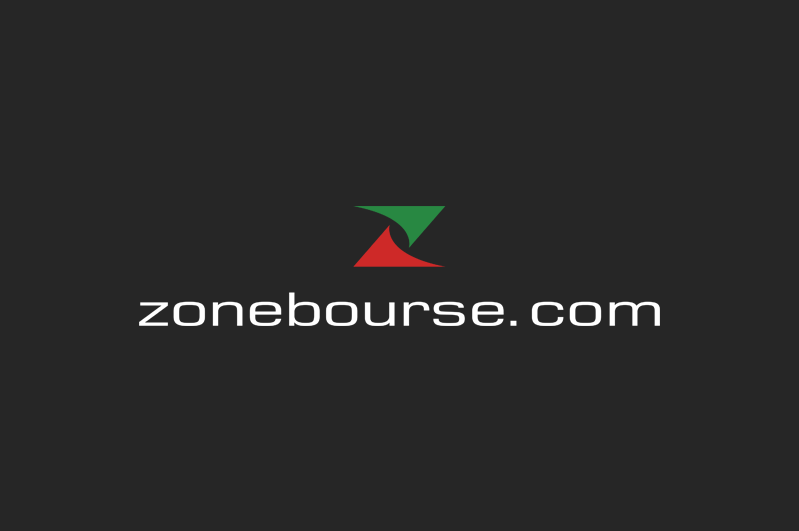How do NFTs contribute to education?

Since the emergence of non-playable tokens in the art industry, their use has been applied to various fields such as education. What is their impact in the classroom and beyond?
Thanks to blockchain technology, non-playable tokens provide credit, recognition and merit to the career path of students and teachers.
Non-Fungible Tokens, better known as NFT (Non-Fungible Tokens), have entered the market to add originality and value to certain digital assets. Today, they are used not only in the artistic sphere, but also in various industries, such as education, which increasingly use such resources to improve the quality of education.
Blockchain provides interoperability to move assets between different ecosystems while allowing their existence to be recognized by different NMT storage providers, they can be exchanged and auctioned in different markets, and they can be displayed in virtual worlds. But how does the existence and implementation of non-playable tokens contribute to education?
Certificate issuance and administration
By definition, NFTs can replace diplomas, awards or certificates demonstrating academic achievement due to the security and confirmation they provide. According to the apa format paper writing service, the use of tokens reduces the likelihood of forgery, while allowing students to manage their records and credits, track lifelong learning progress, and preserve educational data.
The Massachusetts Institute of Technology (MIT) is one of the leading institutions implementing NFT. MIT has created the Digital Diploma Consortium, an international network of universities with a common system of digital credentials that can be verified, tracked and made available to employers.
However, the process is more applicable than is commonly thought. Professor Bo Brannan at Pepperdine University has included the use of NFT as a reward for course completion. In order for students to have access to an online aggregator of their academic performance, he asked them to complete and submit coursework to demonstrate their mastery of the course.
Some universities also use NFT for their undergraduate degrees. Tec de Monterrey 2019 became the first Mexican university to offer its graduates digital diplomas with blockchain validation.
Rights protection
Another major benefit of non-playable tokens is the attribution of authorship to the creators of various content or works. Students spend most of their time creating mainly original content.
According to Peter Thomas, director of the Royal Melbourne Institute of Technology at the University of Melbourne, copyright on student work and projects is generally not considered in education. It is for this reason that creative recognition is necessary and NFTs allow these achievements to be shared by giving appropriate credit.
Reward for teachers
Like Brannan’s class, some teachers may use inflexible token technology to validate their work. Another example is Preply, a foreign language learning platform that registered three NFTs on OpenSea in 2021 to reward its number one tutors who improve the student experience.
The top three teachers of English, French and Spanish spent 11,000 hours of tutoring over the course of a year and were offered their NFTs through a cryptocurrency wallet. Amy Pritchett, head of student success, says it helps create an online “trophy bank” that can be stored and shared with potential clients, employers or university admissions officers.
Its impact beyond the classroom
Christine Bonke, a freelance writer specializing in EdTech and East Asia, suggests that in the spectrum of possibilities for non-playable tokens, once data is on the blockchain, it is stored securely. Thus, if a student loses his or her academic transcript or certificate, his or her credentials can be verified, which would be very useful, for example, in conflict zones. If a country’s education system collapses, blockchain functionality will allow displaced individuals to continue their professional careers.
Another added value of NFT that Bonke mentions is the verification of informal learning, where information such as research experience, projects, skills, guidance and online learning can be added to a student portfolio. The portfolio may contain massive open online courses (MOOCs) taken by the student and thus demonstrate knowledge gained outside higher education institutions.
Privacy controls
However, Boehnke also raises some questions about the inclusion of NFTs in the educational sphere. Although the information on tokens is digitally protected, it is difficult to change, and any changes require collective validation. So what happens if students change their minds about disclosing certain data from their educational journeys, or if they can choose what information goes into their permanent records?
The same concerns have been raised by Audrey Watters, a writer specializing in educational technology, who wonders whether students will be in control of their privacy once blockchain technology is implemented. Similarly, she gives an example: what if a person wants to “start from scratch” by undergoing gender confirmation surgery, or what if they have a stalker or abuser from whom they want to hide their identity? The big question is, how do we design educational strategies so that they protect privacy by default?
Conclusion
Use of non-playable tokens in educational aids and aids in various areas, such as protecting the authorship and rights of content creators, as well as providing value and making student and faculty performance measurable, recognizable and verifiable. This development highlights the commitment to lifelong learning and protects the record, but certain questions must be asked to understand the most appropriate way to implement NFT.






















